From sour, sweet, and savory, cheese is a delicacy that connects people of all ages. It’s in hamburgers, pizza, salads, spaghetti, and desserts. Many of the world’s most popular dishes contain cheese, a food item that has been around humans for a long time. In this article, you will learn the incredible science that makes cheese possible.
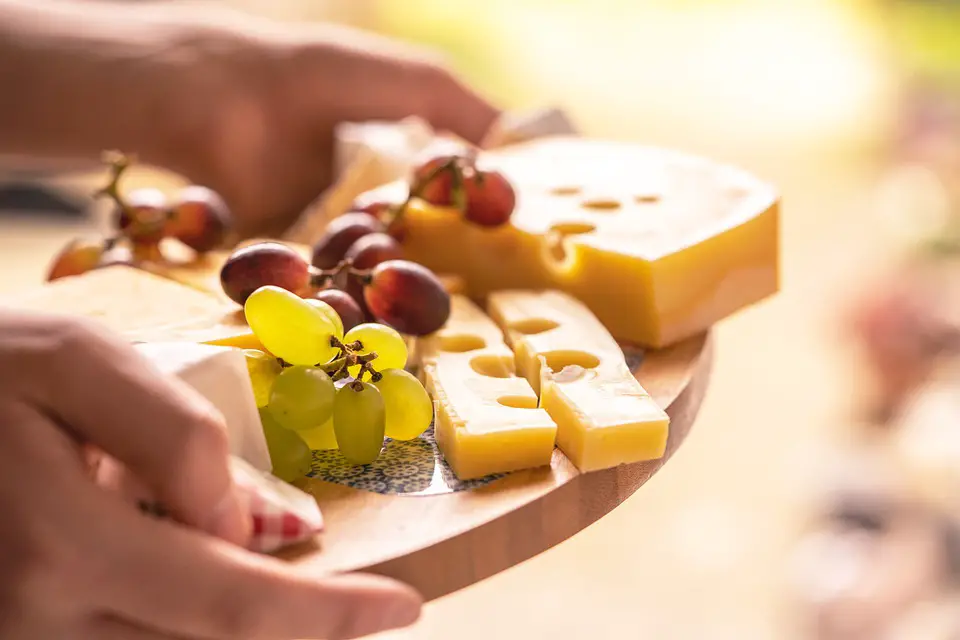
History of Cheese.
Although the exact origins of cheese are unknown, it is thought that cheese originated when humans first began domesticating milk-producing animals like cows and goats. In fact, there is a legend that the first person to discover cheese was a merchant who found his milk curdled inside his container made of a sheep’s stomach. To his surprise, the curdled milk had a unique flavor that quenched his hunger. Cheesemaking is also shown in the artwork of a number of ancient civilizations including the Roman Empire and Ancient Egypt. However, the cheeses that are popular today were not made until cheesemaking became widespread across European countries around 500 years ago and then came to America when Pilgrims brought cheesemaking techniques with them. Since then, the cheese industry boomed in America and as of 2017, Americans consumed an average of 37 pounds of cheese every year per person!
The Science Behind Cheese: Fermentation
There are over a hundred different types of cheese: Cheddar, Swiss, Gorgonzola, and American are just a couple examples. However, one scientific concept is behind them all: fermentation. For many organisms like humans, oxygen is required to make energy in a process called cellular respiration. Cellular respiration uses oxygen and glucose in order to make ATP, a “currency” of energy that many organisms utilize. But oxygen isn’t always available for everyone. Organisms including certain types of bacteria and fungi can live in environments where oxygen is unavailable. Some organisms called obligate anaerobes even become poisoned by the mere presence of oxygen. In situations like these, fermentation is one way that organisms can make energy from sugar without oxygen. So how does it work?

Similar to cellular respiration, fermentation starts with glucose, a six-carbon sugar. In the cell cytoplasm, enzymes break apart the glucose molecule in a series of steps into two three-carbon sugars called pyruvate. This process of splitting the glucose is called glycolysis, a word that derives from the roots glyco, meaning sugar, and lysis, meaning breaking apart. Another product of glycolysis is NADH and a little bit of ATP. Glycolysis does not require oxygen, so it happens in both cellular respiration and fermentation. After glycolysis, you can see the differences in cellular respiration and fermentation. In cellular respiration, oxygen allows mitochondria to generate lots of ATP molecules using the electron transport chain. However, in fermentation, this step does not happen, and ends after glycolysis. In fermentation, glycolysis produces an extra organic compound, which varies among different organisms. Organisms like yeast produce alcohol from fermentation, which is how wine and beer is created. For cheese, the bacteria that ferment it usually create lactic acid. Coincidentally, lactic acid is also what our own bodies make during fermentation. When we exercise or use a lot of energy, our muscles resort to fermentation to compensate for the lack of oxygen. This is why we get aches in our bodies when we over exert ourselves, because lactic acid is building up in our muscles.
The Cheesemaking Process
The formation of cheese starts with fermentation with the help of bacteria, which create lactic acid as described above. These bacteria use the lactose inside milk, which can be broken down into glucose for fermentation. In factories that make cheese, this bacteria is deliberately added in a “starter culture”, which includes a mixture of different species of bacteria that acidify the milk. Once the milk is acidified and kept at a certain temperature, an enzyme called rennet is added to the milk.
Enzymes are crucial to the cheesemaking process as they help chemical reactions take place. Rennet specifically helps separate the milk into curds, a solid, and whey, a liquid. These curds are the valuable part of the milk, which get further concentrated and then pressed into molds. Then, depending on the type of cheese desired, the cheese can undergo further drying or aging to obtain a certain taste.
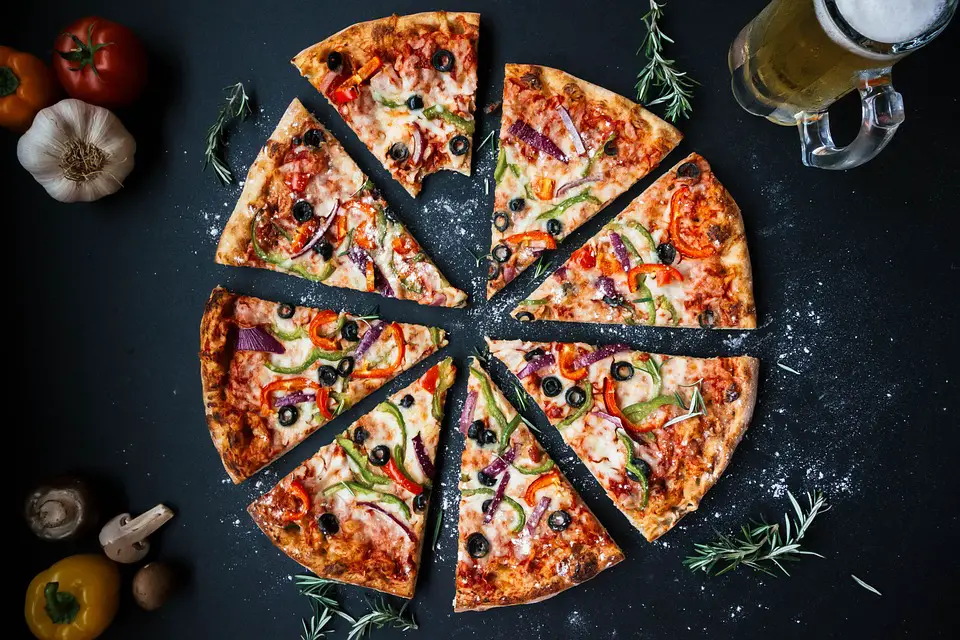
Conclusion
Evidently, the cheese that you see in food has undergone quite a journey in order to get to the plate. Cheese is more than just a popular delicacy, but a culmination of incredible biochemical processes that involve the actions of several different species from starting from fermentation and ending at the plates of millions of people all over the world.
Works Cited
Alba-Lois, L. & Segal-Kischinevzky, C. “Yeast Fermentation and the Making of Beer” Beer & Wine Makers. Nature Education. 2010, 3(9):17. <https://www.nature.com/scitable/topicpage/yeast-fermentation-and-the-making-of-beer-14372813/#>
Howard J. Bennett. “Ever Wondered How Milk Becomes Cheese?” The Washington Post, May 17, 2015. <https://www.washingtonpost.com/lifestyle/kidspost/ever-wondered-how-milk-becomes-cheese/2015/05/15/32abad22-ece8-11e4-8abc-d6aa3bad79dd_story.html>
Howell, Ayinde. “A Question For Vegans: Why No Cheese?” Food Republic. https://www.foodrepublic.com/2012/02/22/a-question-for-vegans-why-no-cheese/
Miaschi, John. “Countries Who Eat the Most Cheese.” WorldAtlas, Dec. 12, 2017, worldatlas.com/articles/countries-who-consume-the-most-cheese.html.
Moncel, Bethany. “The History of Cheese”. The Spruce Eats. Aug. 9, 2019. <https://www.thespruceeats.com/the-history-of-cheese-1328765>
“History of Cheese”. National Historic Cheesemaking Center. https://nationalhistoriccheesemakingcenter.org/history-of-cheese/
Click and check out these popular articles for more information: 🙂
Ectoderm vs Endoderm vs Mesoderm
Circulatory System: Blood Flow Pathway Through the Heart
Circulatory System: Heart Structures and Functions
Ductus Arteriosus Vs Ductus Venosus Vs Foramen Ovale: Fetal Heart Circulation
Cardiac Arrhythmias: Definition, Types, Symptoms, and Prevention
Upper Vs Lower Respiratory System: Upper vs Lower Respiratory Tract Infections
Seven General Functions of the Respiratory System
Digestive System Anatomy: Diagram, Organs, Structures, and Functions
Kidney Embryology & Development: Easy Lesson
Psychology 101: Crowd Psychology and The Theory of Gustave Le Bon
Introduction to Evolution: Charles Darwin and Alfred Russel Wallace
Copyright © 2022 Moosmosis Organization: All Rights Reserved
All rights reserved. This essay or any portion thereof may not be reproduced or used in any manner whatsoever
without the express written permission of the publisher.




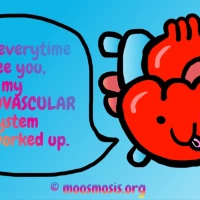



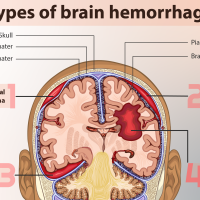
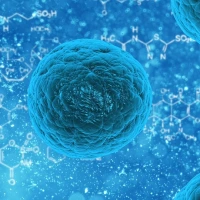


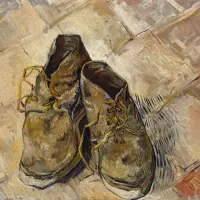

Fascinating and delicious! Thank you for sharing!
LikeLiked by 1 person
Did you know that cheese is also made in certain provinces of China, mostly nomadic peoples.
it is particularly popular in Yunnan, where it is made from cow, goat and yak milk. it is often served at festivals and at marriage banquets.I
n markets in Yunnan, whole stalls are piled high with different cheeses including pyramids of soft smoked yak cheese.
Best Wishes
Kevin
LikeLiked by 2 people
How interesting! Thank you for sharing this cool fact, Kevin!
LikeLiked by 1 person